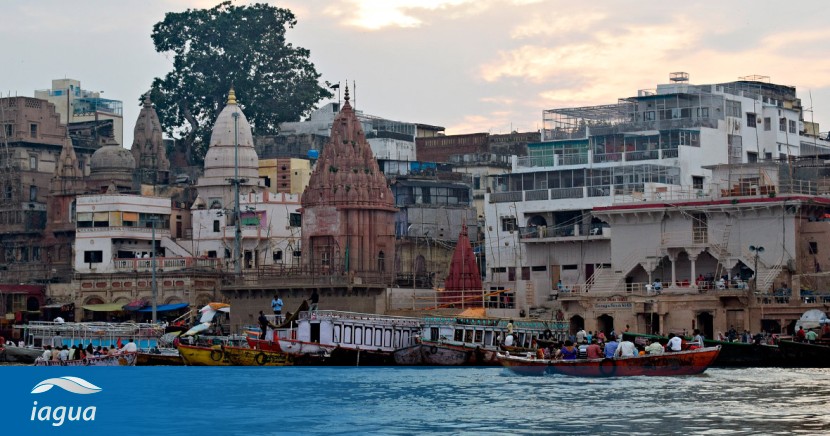According to the latest government data, India's major reservoirs have reached their lowest levels in five years. Due to this, restrictions on drinking water and energy supply are likely to occur this summer.
According to reports ReutersWater supply has already been reduced in major centers like Bengaluru, India's “Silicon Valley,” where tech giants such as Google are headquartered.
The situation in Karnataka is particularly alarming The main reservoir supplying Bengaluru is operating at just 16% of its capacity. In Bengaluru, around 6,900 wells have dried up, forcing the city's water management system to do so. Introducing advanced technologies Artificial Intelligence (AI) and Internet of Things (IoT) to improve monitoring and management of wells, according to Indian media Jackron.
The Bengaluru Water Supply and Sewerage Board (BWSSB) installed IoT sensors in wells and studied withdrawal systems, triggering shutdowns when water levels drop and reducing the need for manual intervention.
The chairman of BWSSB explained that these digital tools will “reduce exploitation of wells without scientific benchmarks and guarantee sustainability. Allow stable pumping levels.” Prevents over-exploitationCentralized monitoring will streamline operations.”
Elsewhere in the country, 150 reservoirs critical for drinking water, irrigation and hydropower generation are scarce, according to central government data. 40% of its capacity.
Water availability has not been low since March 2019, when reservoir levels dropped to 35%, causing water shortages in southern cities like Chennai. The coming crisis It may worsen in central and southern regionsApril and May are known to experience severe heat waves, and a significant recharge is expected until June, when the rainy season usually begins.
In other industrial states like Maharashtra and Andhra Pradesh and agricultural states like Uttar Pradesh and Punjab, levels are below the ten-year average.
Sandeep Anirudhan, co-ordinator of the Water Security Alliance, warned Reuters that it was long overdue. If the authorities do not take action, there is a risk of water problem.
August was the driest month in more than a century, in addition to the El Niño effect, as a result of last year's monsoon that saw the lowest rainfall since 2018.
Although the Union Power Ministry is closely monitoring reservoir levels, shutdowns of hydropower plants are not expected immediately. However, in case the situation worsens due to bad rains, priority will be given to ensuring water supply over power generation, a senior ministry official stressed.
Despite the strong demand for electricity, the India's hydropower generation has seen a remarkable decline of 17% In the first ten months of the current financial year which started last April. This trend is not unique to India, as hydropower generation across Asia, particularly in China and India, has seen its steepest decline in decades.

